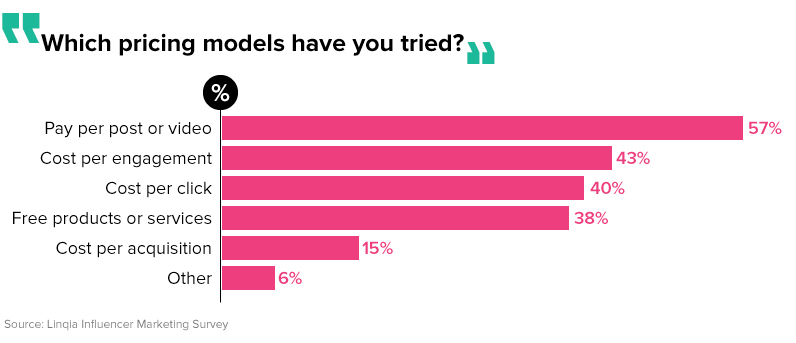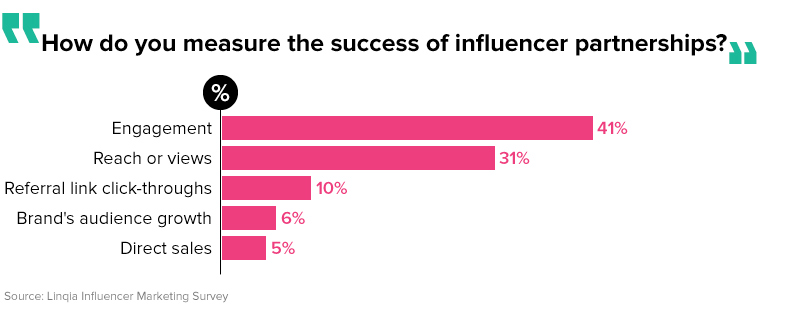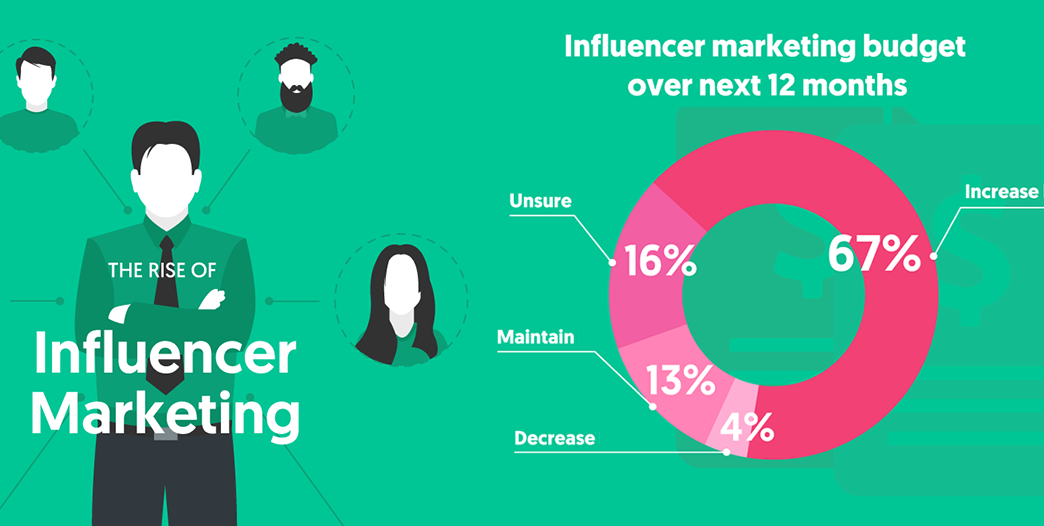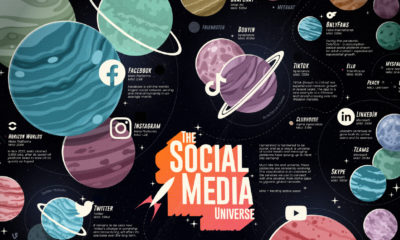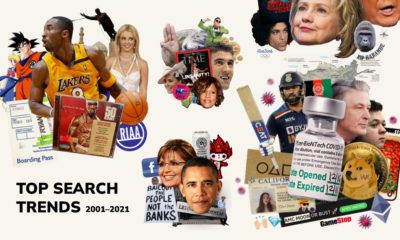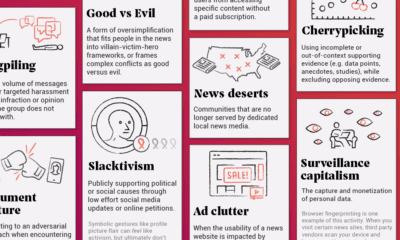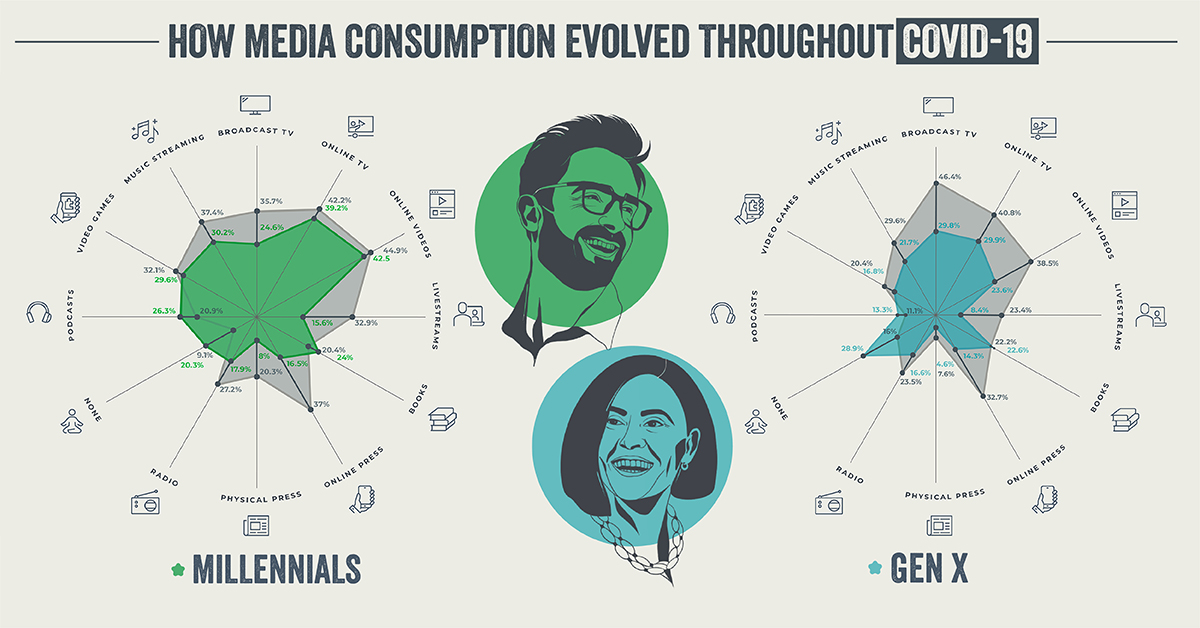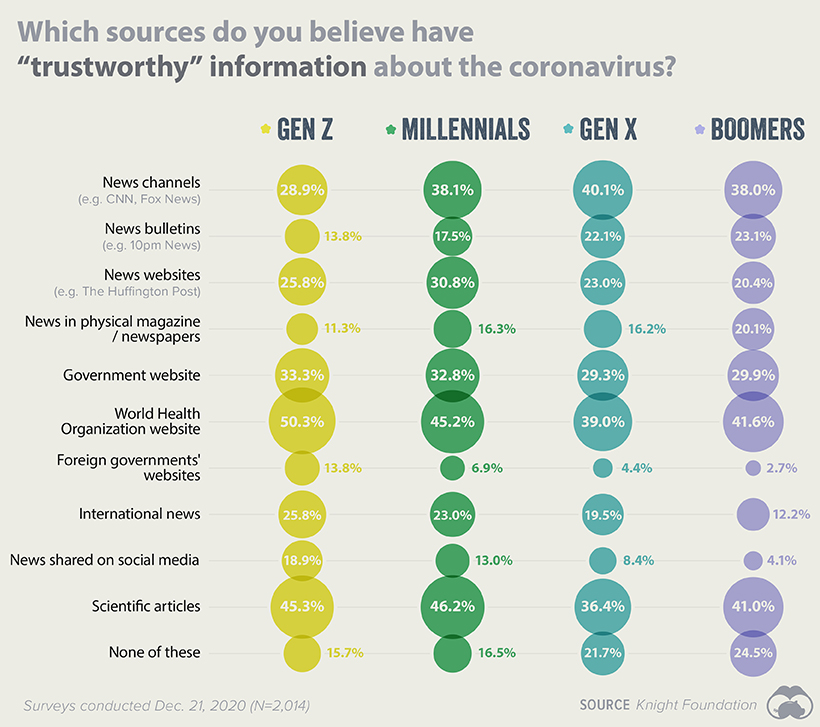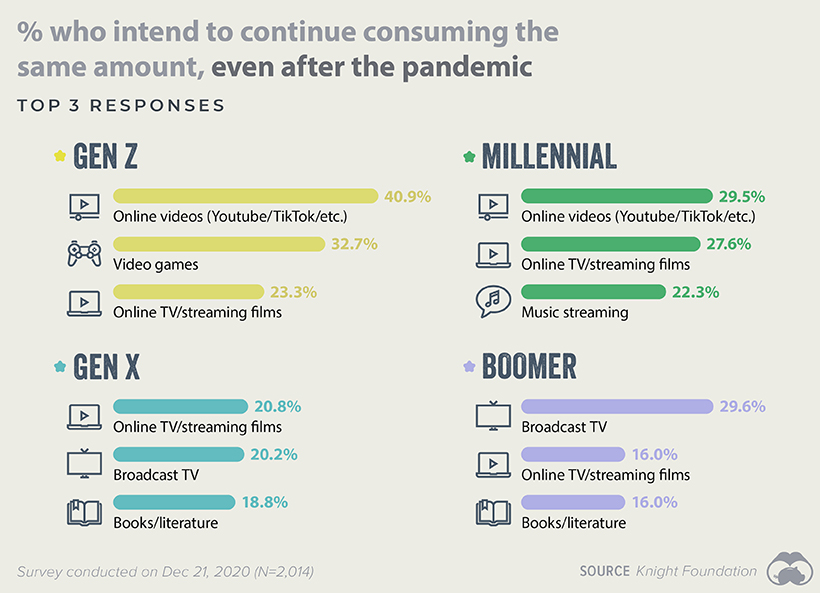Whether it’s a tagged pair of shoes in an Instagram post, or an “unboxing” video on Snapchat, brands are fighting hard to get their products into the hands of social media celebs who can move the needle on their sales numbers.
The Rise of Influencer Marketing
According to Influencer Marketing Hub, over one-third of marketers have a standalone budget for influencers in 2017. It’s easy to see the appeal as influencer marketing can deliver 11 times higher ROI than traditional brand marketing. As influencer–brand partnerships begin to reach mass adoption, what metrics should markets be looking at? Today’s infographic is good primer on the state of influencer marketing.
At first glance, influencer marketing sounds like a strange concept, but it’s a natural evolution of content marketing over social media platforms. To understand influencer marketing, it helps if we step back and look at the big picture of how content marketing actually works.
Content Marketing: Fighting for Feed Space
Most social media platforms have the same format – content posted by people is arranged into a customized “feed” for you to consume. Content marketing is simply the process of getting users to follow your brand on platforms so your content appears in their feeds. In the earlier days of social media marketing, people were more actively seeking out accounts to follow, including brand accounts. Today though, many platforms have hit a growth plateau, so unless your brand already has a large, engaged audience, it can tough to gain any traction. To add a layer of difficulty, many platforms (particularly in the Facebook ecosystem) now restrict the reach of brand accounts in an effort to get them to spend money on advertising. In short, reaching people (including your opt-in audience) is much harder than it used to be.
The Human Connection
The algorithms that rank posts in your feed are looking for something specific: engagement. And let’s face it, a brand posting about their product is not going to be as exciting as a well-connected personality showcasing their life. It’s the latter example that shows up first in social feeds, and that’s one major benefit to working with an influencer. As well, peer opinion is a powerful force in purchase decisions. If a content creator is truly influential, they can provide a massive boost to a brand’s profile that would be very difficult to manufacture through other marketing methods. – Obioma Enyia, Head of Brand Marketing at PepsiCo
Demographic Bundling
Smart marketers are always looking for ways to target the right demographics to maximize the efficiency of their spend. Because influencers already have a measurable and observable audience, you can hone in on a specific type of consumer. If you find similar influencers in other regions, you can scale out a campaign in a very effective way. Bigger brand are often looking for macro impact, and shell out big bucks to work with top tier celebrity influencers, but brands can take a more grassroots approach and partner with content creators at the city or even neighborhood level (often for a fraction of the spend). This is referred to as “micro-influence”, and is a fast-growing segment of influencer marketing.
How Does Compensation Work?
Compensation can take a few forms, but many influencers work on a pay-per-post basis. Experienced influencers will often be happy to receive compensation through referrals, particularly on platforms that have e-commerce integration.
How Do You Measure This Stuff?
Measuring the effectiveness of a campaign always comes down to sales in the end, but an influencer’s contribution to that can take different forms. Some brands are simply looking to align their brand with a “cool personality” who fits with their target audience. Other times, it will make sense to work with people who can drive traffic – and ultimately conversions – to their shopping cart.
Industry Pushback
Many agencies are skeptical of the influencer marketing trend. Since there is no industry standard for reporting results, and because certain platforms (e.g. Snapchat) offer scant analytics, it can be tough to calculate ROI or trust the numbers in post-campaign reports. – Anonymous marketing executive (The full interview) Along with dubious analytics, marketers should watch for fake followers and engagement. Keeping track of average engagement rates and doing a proper qualitative analysis on an influencer’s account should be the first step before working together.
The Evolution of Sponsored Posts
There will be an estimated 14.5 million* sponsored posts in 2017, and by 2019 that number could mushroom to 35 million. This spike in popularity is prompting concerns that we’re reaching a saturation point for influencer marketing, and that consumers will begin to tune out sponsored posts. One thing is for certain, social media personalities are amassing sizable audiences for their content and are commanding serious marketing dollars in the process. It remains to be seen whether sponsored posts become a ubiquitous part of the social media landscape, or whether it will become a hackneyed tactic. – *This estimate only accounts for tagged, public posts
on Media consumption spiked in the early days of the COVID-19 outbreak as Americans actively sought information and entertainment while at home. Whether this changed over the course of 2020 remains unclear, however. To dive deeper into the issue, this infographic explores each generation’s shifts in media consumption habits as the pandemic wore on. Further below, we’ll also examine which media sources Americans deemed to be the most trustworthy, and why consumption habits may have changed for good.
Changes in American Media Consumption, by Generation
The data in this infographic comes from two surveys conducted by Global Web Index (GWI). The first was completed in April 2020 (N=2,337) and asked participants a series of questions regarding media consumption during COVID-19. To see how consumption had changed by the end of the year, the John S. and James L. Knight Foundation commissioned GWI to complete a follow-up survey in December 2020 (N=2,014). The following tables provide a summary of the results.
Gen Z
Unsurprisingly, a significant percentage of Gen Z reported an increase in digital media consumption in April 2020 in comparison to pre-pandemic habits. This bump was driven by higher use of online videos, video games, and online TV/streaming films. By December 2020, these media categories became even more popular with this cohort. Most notably, podcasts saw the highest increase, jumping almost 15% by the end of the year. The popularity of traditional outlets like broadcast TV and radio declined from their April 2020 highs, though they are still up relative to pre-pandemic levels for Gen Z survey respondents.
Millennials
Results from the December 2020 survey show that Millennials trimmed their media consumption from earlier in the year. This was most apparent in news outlets (online and physical press), which saw double digit declines in popularity relative to April. Books and podcasts were the only two categories to capture more interest from Millennials over the time period. It’s also worth noting that the percentage of respondents who said “none” for media consumption rose to 20.3%, up significantly from 9.1% in April. Possible factors for the increase in “none” responses include easing government restrictions and a return to more normal work schedules.
Gen X
The media consumption habits of Gen X developed similarly to Millennials over the year. Broadcast TV and online press saw the largest declines over the time period, while once again, podcasts and books were the only two categories to capture more interest relative to April. The percentage of respondents reporting “none” rose to 28.9%—a slightly higher share than that of Millennials.
Boomers
Media consumption trends among Baby Boomers were mixed, with some categories increasing and others decreasing since April. Broadcast TV saw the biggest decline in usage of all media types, but remained the most popular category for this cohort. Boomers also had the largest share of “none” respondents in both studies (23.0% in April and 31.0% in December).
Where do Americans Go For Trustworthy News?
To learn more about American media consumption—particularly when it came to staying updated on the pandemic—survey respondents were asked to confirm which of the following sources they found trustworthy.
The deviations between each generation don’t appear to be too drastic, but there are some key takeaways from this data. For starters, Gen Z appears to be more skeptical of mainstream news channels like CNN, with only 28.9% believing them to be trustworthy. This contrasts the most with Gen X, which saw 40.1% of its respondents give news channels the thumbs up. This story is flipped when we turn to the World Health Organization (WHO). Gen Z demonstrated the highest levels of trust in information published by WHO, at 50.3% of respondents. Only 39.0% of Gen X could say the same. By far the least trustworthy source was foreign governments’ websites. This category had the lowest average approval rating across the four generations, and scored especially poor with Boomers.
The Lasting Effects of the Pandemic
Habits that were picked up during 2020 are likely to linger, even as life finally returns to normal. To find out what’s changed, respondents were asked which categories of media they expected to continue consuming in elevated amounts. The chart below shows each generation’s top three responses.
Note that the top three for both Gen Z and Millennials are all digital and online categories (video games can be played offline, but the majority of popular titles are online). This contrasts with the preferences of Gen X and Boomers, who appear to be sticking with more traditional outlets in broadcast TV and books. With consumption habits of younger and older Americans moving in opposite directions, advertisers and media companies will likely need a clear understanding of their target audiences in order to be successful.

